Museum display case Designing requires careful consideration of several
Museum display case designing requires careful consideration of several factors, including the type of artifacts or objects to be displayed, the desired level of security, and the aesthetic appeal of the exhibit. Here are some key elements to keep in mind when designing a museum display case:
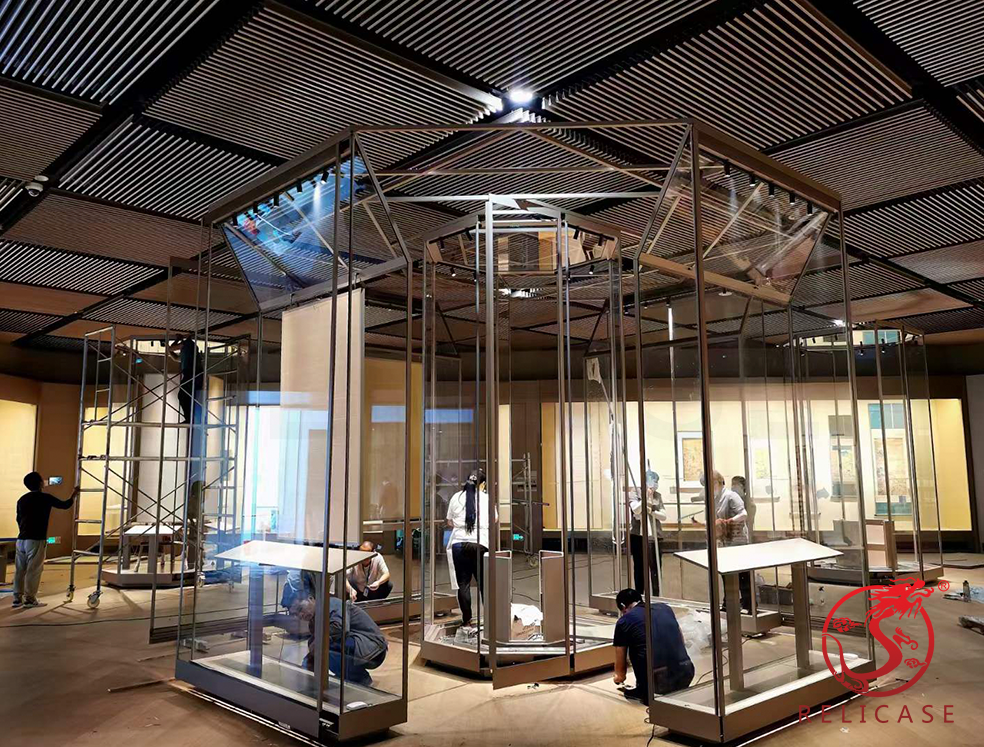
Size and shape: The display case should be appropriately sized to fit the objects to be displayed. It’s important to consider the dimensions of the objects as well as their weight, fragility, and any special requirements for their display. Additionally, the shape of the display case should be carefully considered to complement the objects and provide an aesthetically pleasing exhibit.
Lighting: The lighting within the display case can significantly impact the way objects are viewed. Proper lighting can enhance the visibility of the objects and create a dramatic effect that draws visitors in. The type of lighting used should also take into account the preservation of the objects.
Security: The display case must be designed with security in mind to ensure the objects are protected from damage or theft. This may include the use of locks, alarms, and security cameras.
Material: The materials used in the construction of the display case should be chosen carefully to ensure the objects are protected from environmental factors such as temperature, humidity, and UV radiation. Glass or acrylic are common materials used for display case construction.
Accessibility: The display case should be designed to allow visitors to view the objects comfortably and without obstruction. This may include the use of adjustable shelves or a sloping base to provide a clear view of the objects.
Labeling: The display case should be designed to allow for clear labeling of the objects, including information such as the object’s name, date, and origin. This can be accomplished through the use of labels, audio or visual guides, or other interactive media.
Overall, the design of a museum display case requires careful consideration of the objects being displayed, the security needs, and the overall aesthetic appeal of the exhibit. By paying close attention to these factors, museum professionals can create engaging and informative exhibits that delight visitors and protect the objects for future generations.
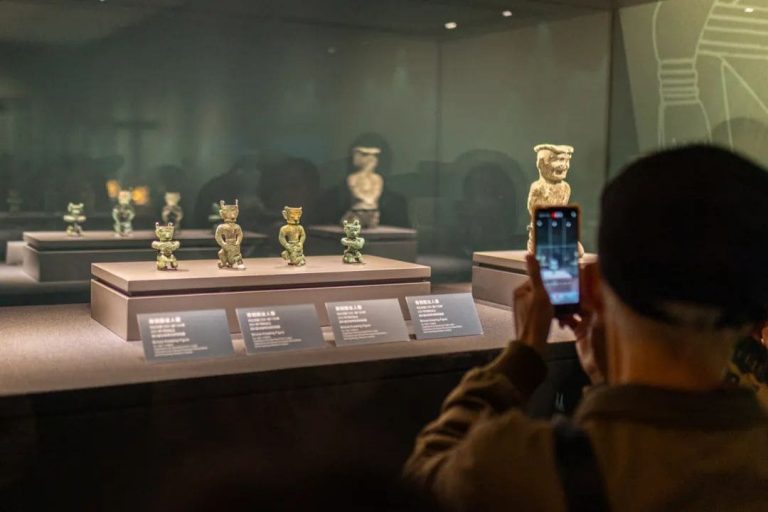
Museum Showcase Excellence: How Relicase Brought Ancient Shu Treasures to 300,000+ Visitors
Over 300,000 Visitors!Ancient Treasures of Shu Shine in Hengqin: The Mystique of Sanxingdui and Jinsha Captivates Audiences The special exhibition Ancient Treasures of Shu: Sanxingdui and Jinsha attracted more than 300,000 visitors, including nearly 60,000 from Hong Kong, Macau, and Taiwan, making up almost 20% of the total audience. On April 24, the three-month exhibition…
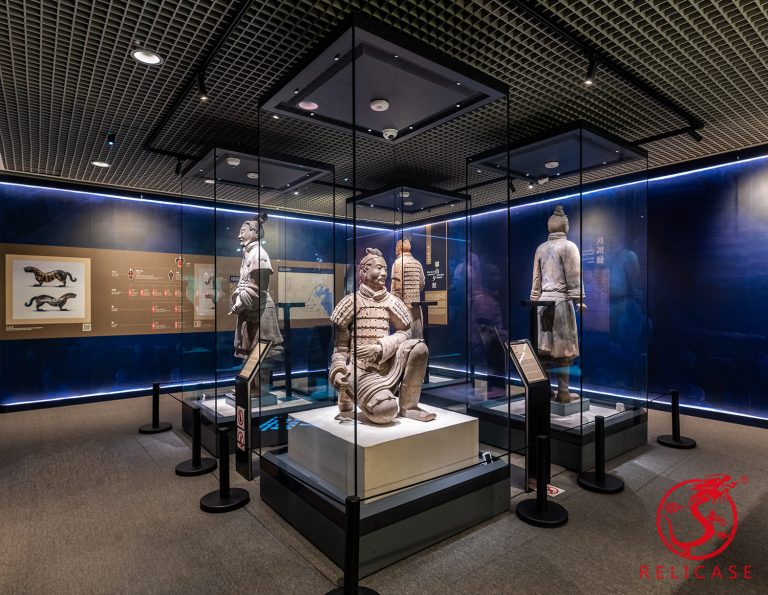
Relicase at Macau Museum: Safeguarding Heritage, Celebrating Legacy
Macau Museum: “Edification of the Masses — Cultural Treasures from the Zhou, Qin, Han, and Tang Dynasties” A Landmark Embraces Innovation The Macau Museum stands proudly atop the historic Mount Fortress, next to the famous Ruins of St. Paul’s. As an iconic symbol of Macau’s history and multicultural heritage, it now embraces the touch of…
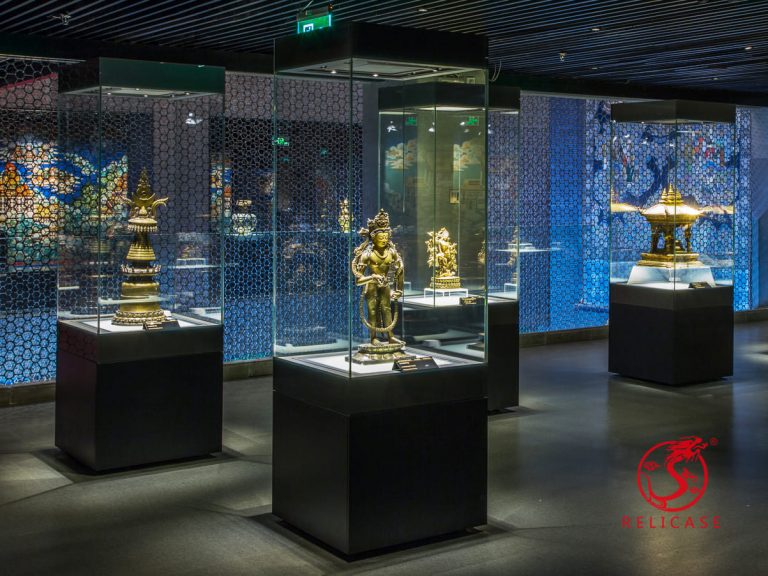
Potala Palace
Abstract On April 26, 2017, Relicase completed the showcase project for the Treasure Hall of the Potala Palace in Tibet. The Collections Hall spans three floors and is divided into two major sections, showcasing a total of 273 individual artifacts and replicas, as well as 155 sets of artifacts (or 159 sets, including 147 sets…
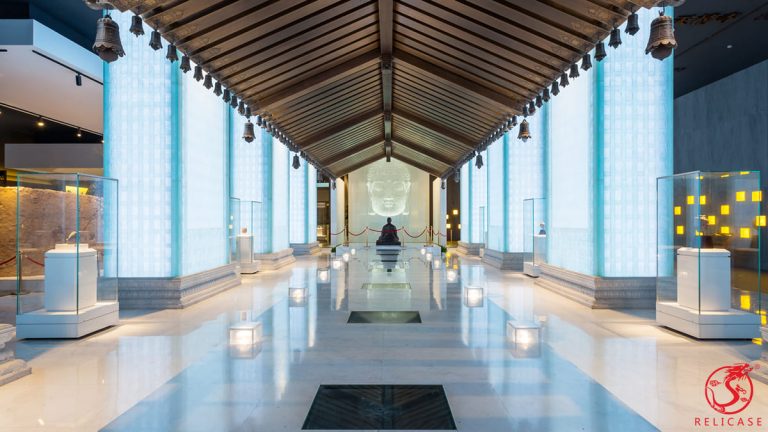
Porcelain Tower of Nanjing
Abstract The Porcelain Tower of Nanjing, named and constructed by Emperor Yongle of the Ming Dynasty to honor his parents’ boundless love and virtue, stands as a symbol of filial piety. Celebrated in Du Mu’s poetic lines, “Four hundred and eighty temples of the Southern Dynasties, how many pavilions linger in the mist and rain,”…
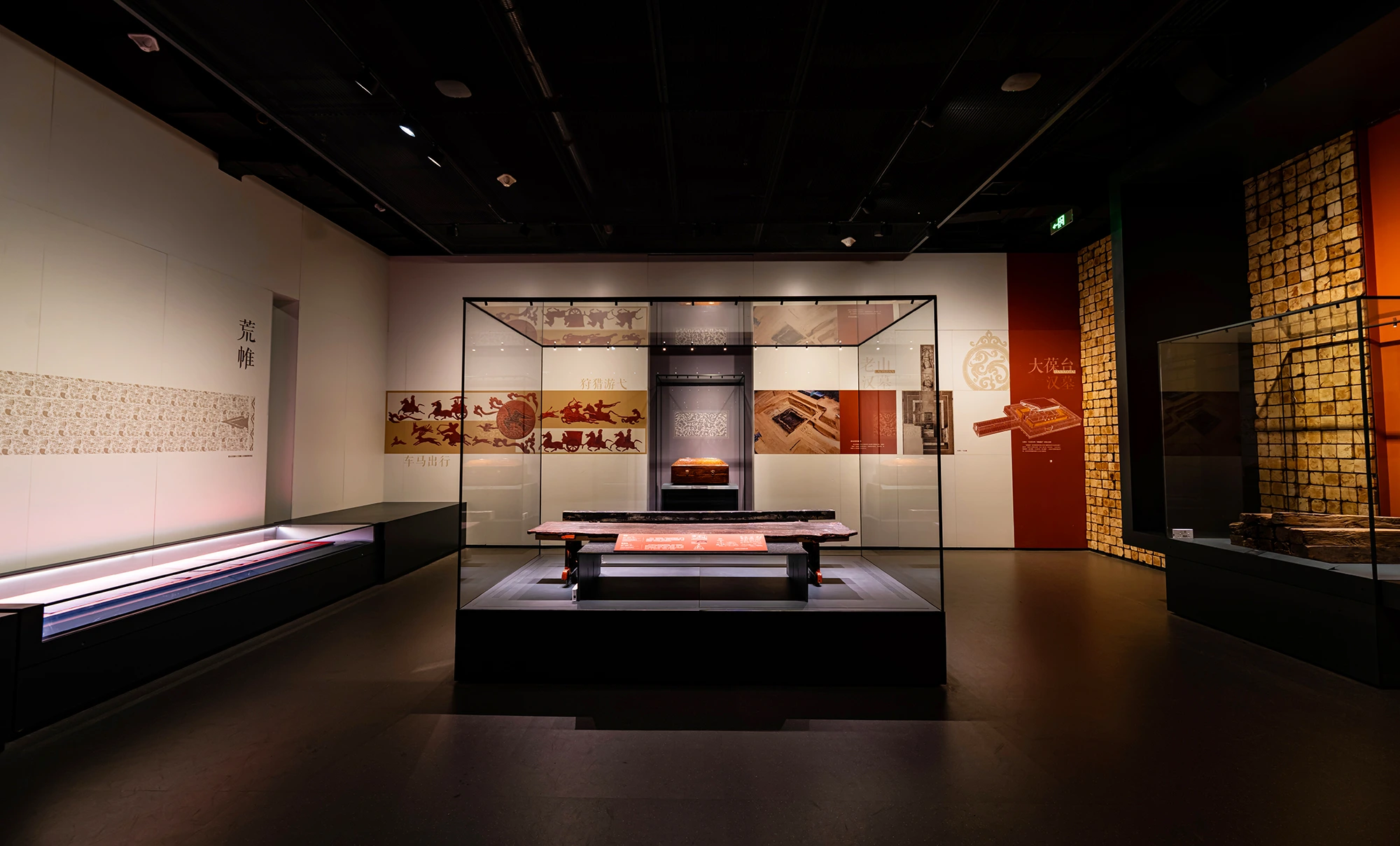
The basic guide to Museum Showcase Glass
As museums continue to modernize, the glass used in display cases has undergone a remarkable transformation to meet ever-evolving requirements for safety, visibility, and artifact preservation. The shift from basic transparent materials to specialized, high-performance glass highlights the strides made in exhibition technology. The Journey of Museum Showcase Glass Historically, glass in museum showcases was…
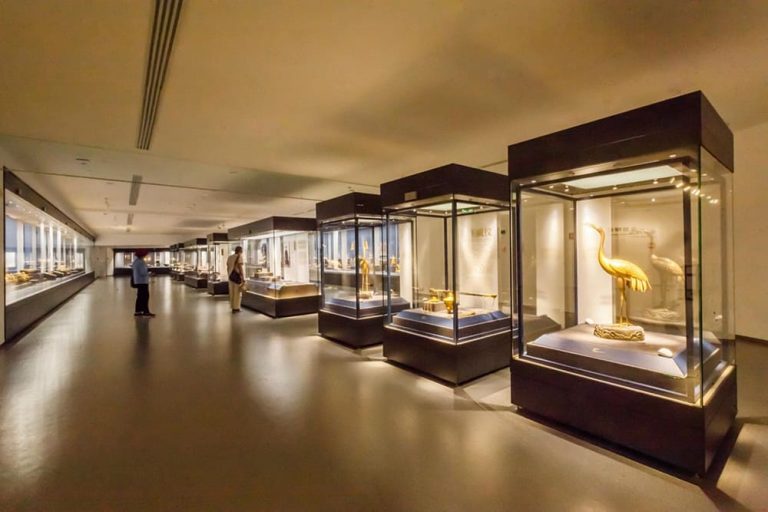
How to Design Lighting for Museum Display Cases
Museum display cases are freestanding, touchable structures. To comply with engineering safety standards, the lighting inside these cases should operate on low-voltage input. Relicase, in line with national standards, ensures the display cases they manufacture meet the following specifications: 1. Protective or isolating measures must be in place between the lighting fixtures and the display…
